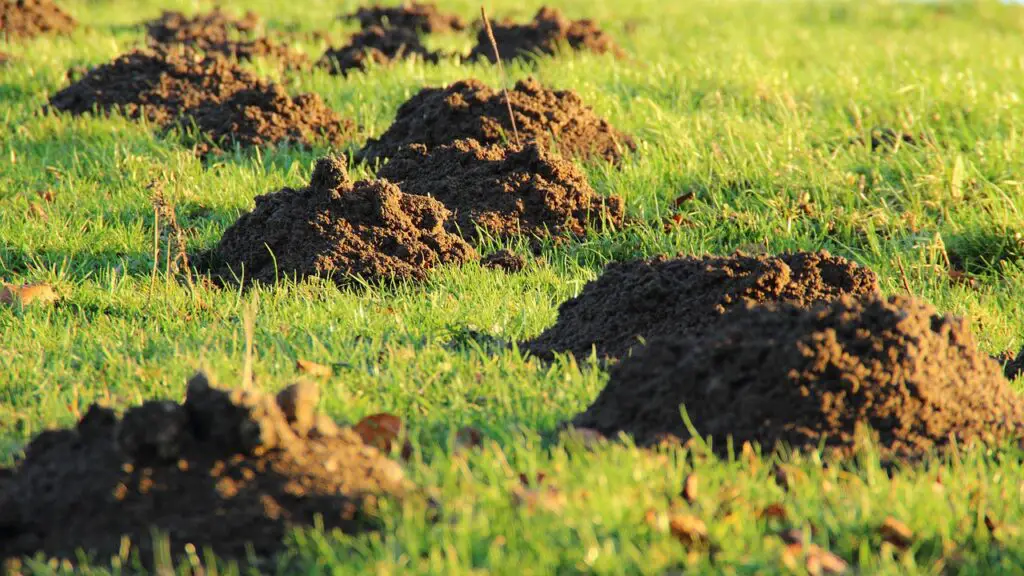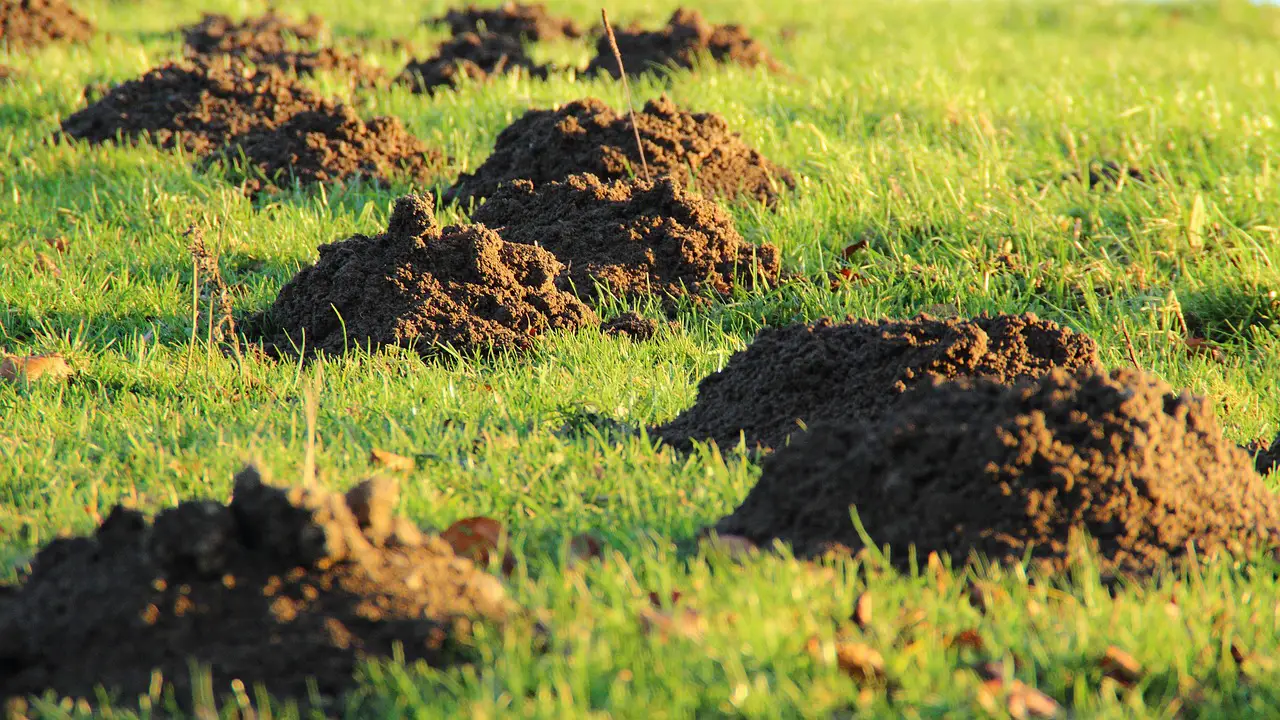If you live in an area that’s prone to drought, it can be challenging to keep your lawn green and healthy. However, with the right lawn care techniques, you can keep your lawn looking great even during periods of dry weather. In this article, we’ll share some tips for lawn care in drought-prone areas.

- Choose the Right Grass
The first step to maintaining a healthy lawn in drought-prone areas is to choose the right type of grass. Not all grasses are created equal when it comes to drought resistance. Some grasses, like Bermuda grass and buffalo grass, are better at withstanding dry conditions than others. You should also consider grasses that require less water, like fescue or zoysia grass.
- Water Efficiently
When it comes to watering your lawn in drought-prone areas, it’s important to be efficient. Watering your lawn too much can be detrimental to its health, as it can promote shallow root growth and make the grass more susceptible to disease. Instead, aim to water your lawn deeply and infrequently. This will encourage deep root growth, which will help your lawn to better withstand periods of drought.
- Adjust Your Mowing Height
During periods of drought, it’s a good idea to raise the height of your mower blades. This will help to shade the soil and prevent moisture loss. It will also encourage deeper root growth, which will help your lawn to better withstand periods of dry weather. As a general rule of thumb, you should aim to leave your grass at least 2.5 inches tall during the summer months.
- Fertilize Appropriately
Fertilizing your lawn is an important part of keeping it healthy, but it’s important to do so appropriately in drought-prone areas. During periods of dry weather, it’s best to avoid fertilizing your lawn altogether. Fertilizers can promote leaf growth at the expense of root growth, which is the opposite of what you want in drought conditions. Instead, focus on fertilizing your lawn in the spring and fall, when moisture levels are typically higher.
- Aerate Your Lawn
Aerating your lawn can help to improve its health and drought resistance. Aeration involves poking small holes in the soil, which allows air, water, and nutrients to penetrate deeper into the root zone. This helps to encourage deeper root growth and can help your lawn to better withstand periods of dry weather. You should aim to aerate your lawn once or twice per year, depending on its needs.
- Use Drought-Tolerant Plants
If you’re looking to add some greenery to your yard, consider using drought-tolerant plants. These plants require less water than other varieties, which can help to conserve water and reduce your overall water usage. Some great options for drought-tolerant plants include succulents, lavender, and yarrow.
- Mulch Your Lawn
Mulching your lawn can help to conserve moisture and reduce water loss. A layer of organic mulch, like shredded leaves or grass clippings, can help to retain moisture in the soil and prevent evaporation. This can help to reduce your overall water usage and keep your lawn looking green and healthy.

Conclusion
Maintaining a green and healthy lawn in drought-prone areas can be a challenge, but it’s not impossible. By choosing the right grass, watering efficiently, adjusting your mowing height, fertilizing appropriately, aerating your lawn, using drought-tolerant plants, and mulching your lawn, you can keep your lawn looking great even during periods of dry weather. With a little bit of extra care, your lawn can thrive in even the toughest conditions.

